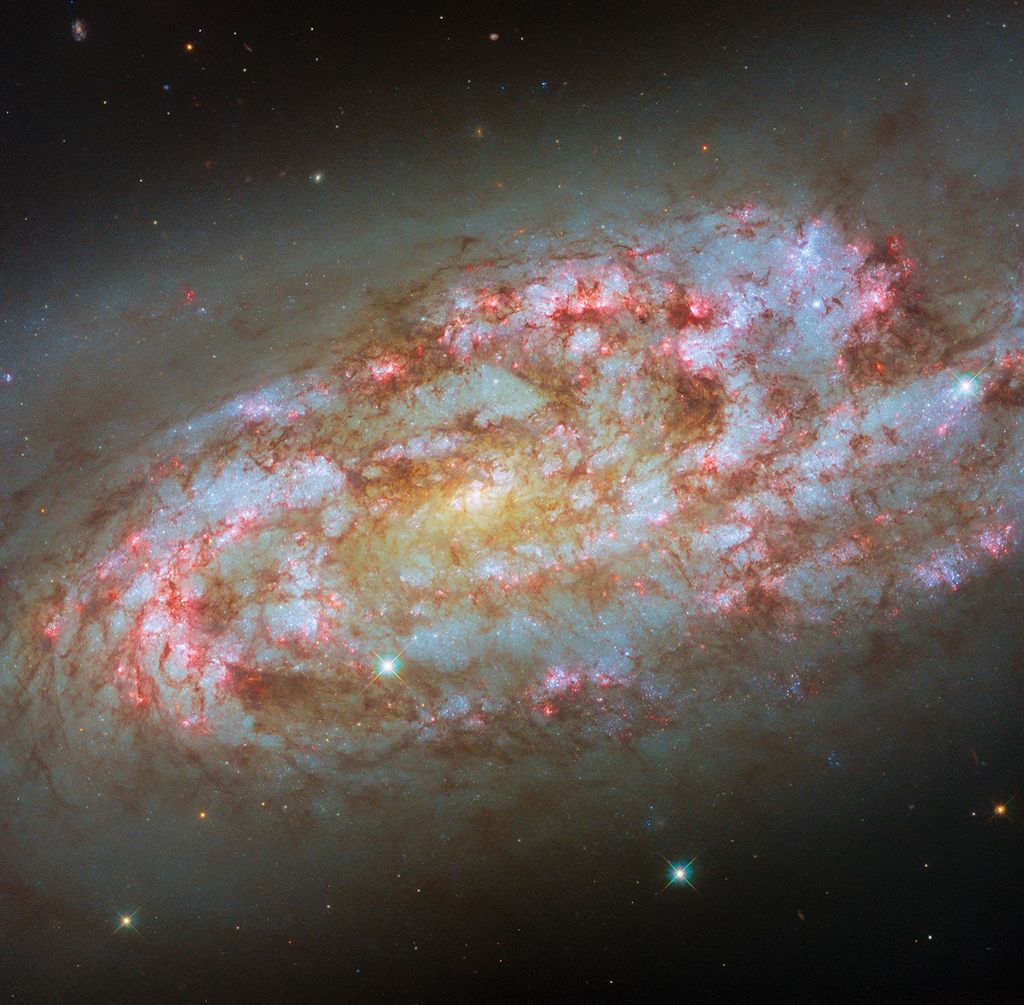Cosmic Origins
The Cosmic Pathfinders Program
This is a student-focused program of online events and in-person gatherings that provides an interface to NASA astrophysics. It is motivated by an immediate need to develop the next generation of the STEM workforce in space-related fields.
Cosmic Pathfinders Activities
Explore the Cosmic Pathfinders activities that provides an interface to NASA astrophysics.
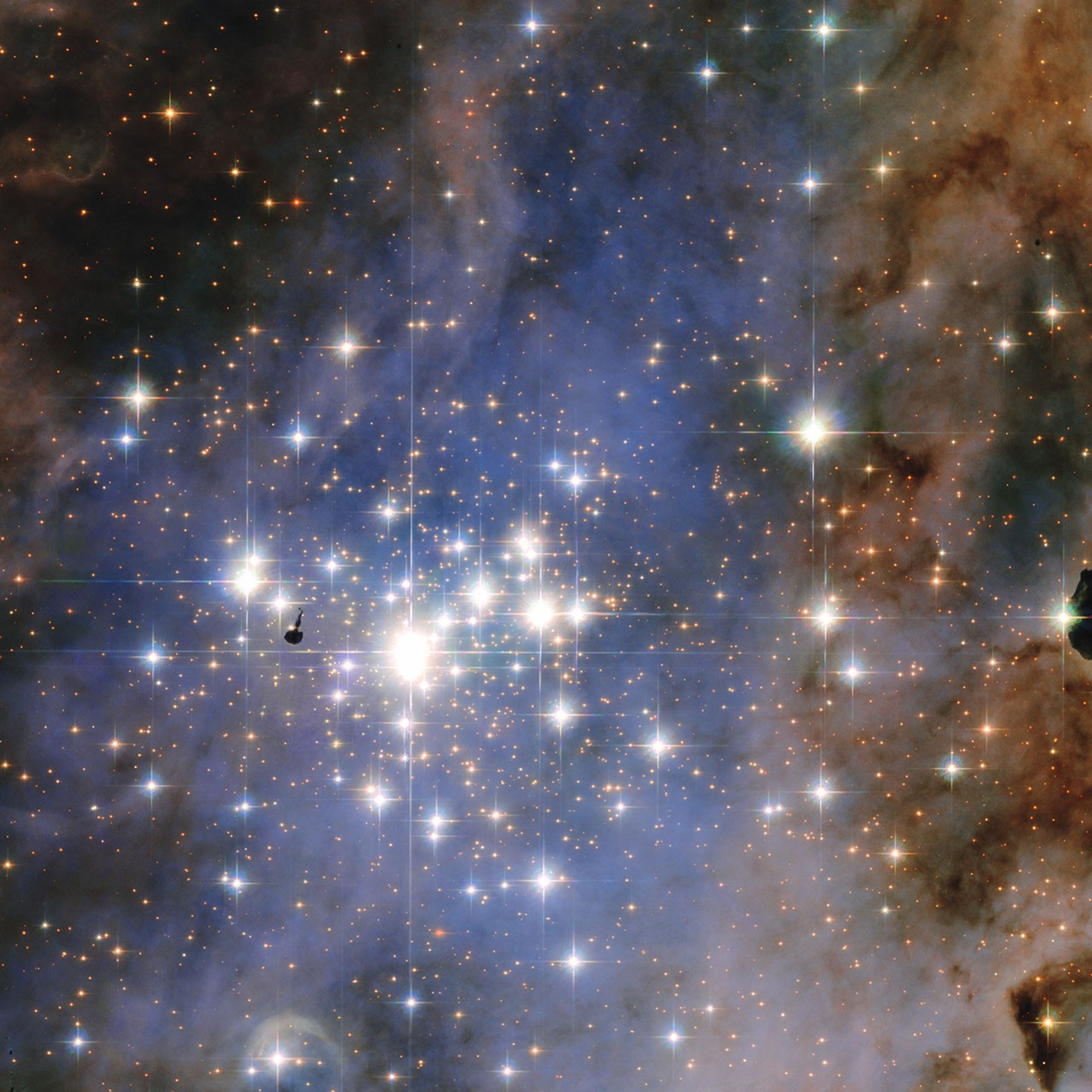
Cosmic Chatter
Cosmic Chatter is the Cosmic Pathfinders Program seminar series of regularly scheduled, virtual/online colloquia aimed at an early-career science audience. These events will feature prepared remarks from an invited speaker as well as time for discussion and programmatic announcements.

Hack-a-thons
Furthermore, a unique aspect to the activities of the program will be technical hack-a-thons that offer participants the opportunity to learn relevant tools and techniques for analyzing NASA mission & archival datasets.
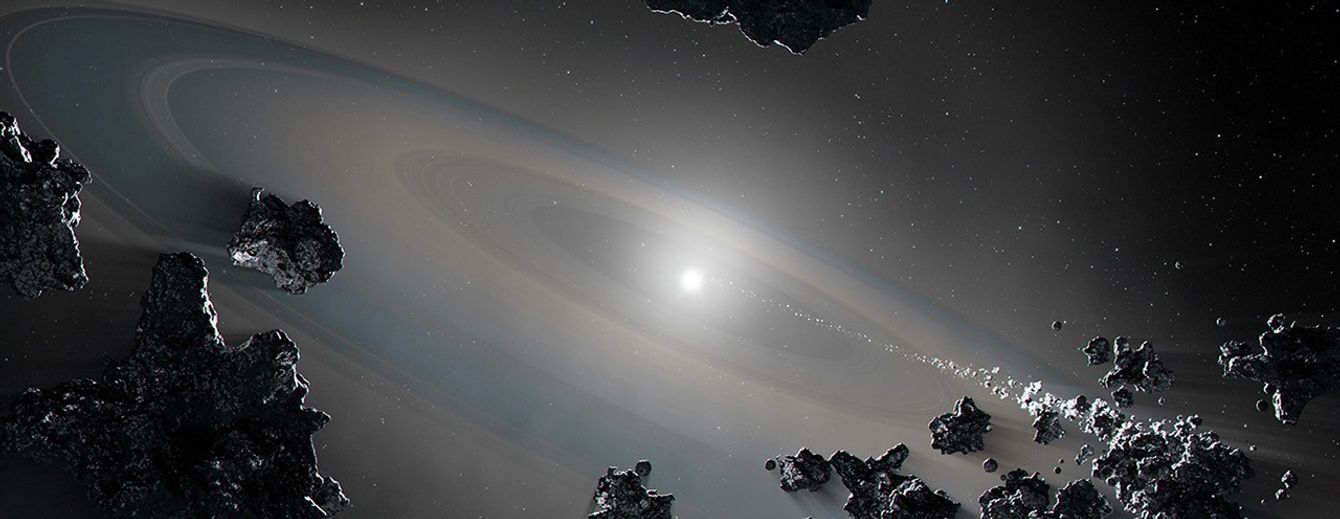
Professional Societies
Cosmic Pathfinders will maintain a presence at professional society events that are supported by the Cosmic Origins Program Office. Notably, these societies include the American Astronomical Society (AAS), National Society of Black Physicists (NSBP), American Physical Society (APS), Society for Advancement of Chicanos/Hispanics & Native Americans in Science (SACNAS), and other societal organizations that regularly interface with NASA.

Student Chapters
Members of the program who are at the same university may self-organize into student chapters. Such groups further galvanize the engagement of students with NASA astrophysics. Chapters are modeled after similar campus organizations such as the Society of Physics Students. Chapters may host regular meetings to discuss relevant prevailing academic and professional issues and focus on developing essential scientific, mathematical, and interdisciplinary skills. They present a unique opportunity for students to connect with a national network of astronomers, astrophysicists, and space scientists, and foster a sense of belonging within the larger scientific community.
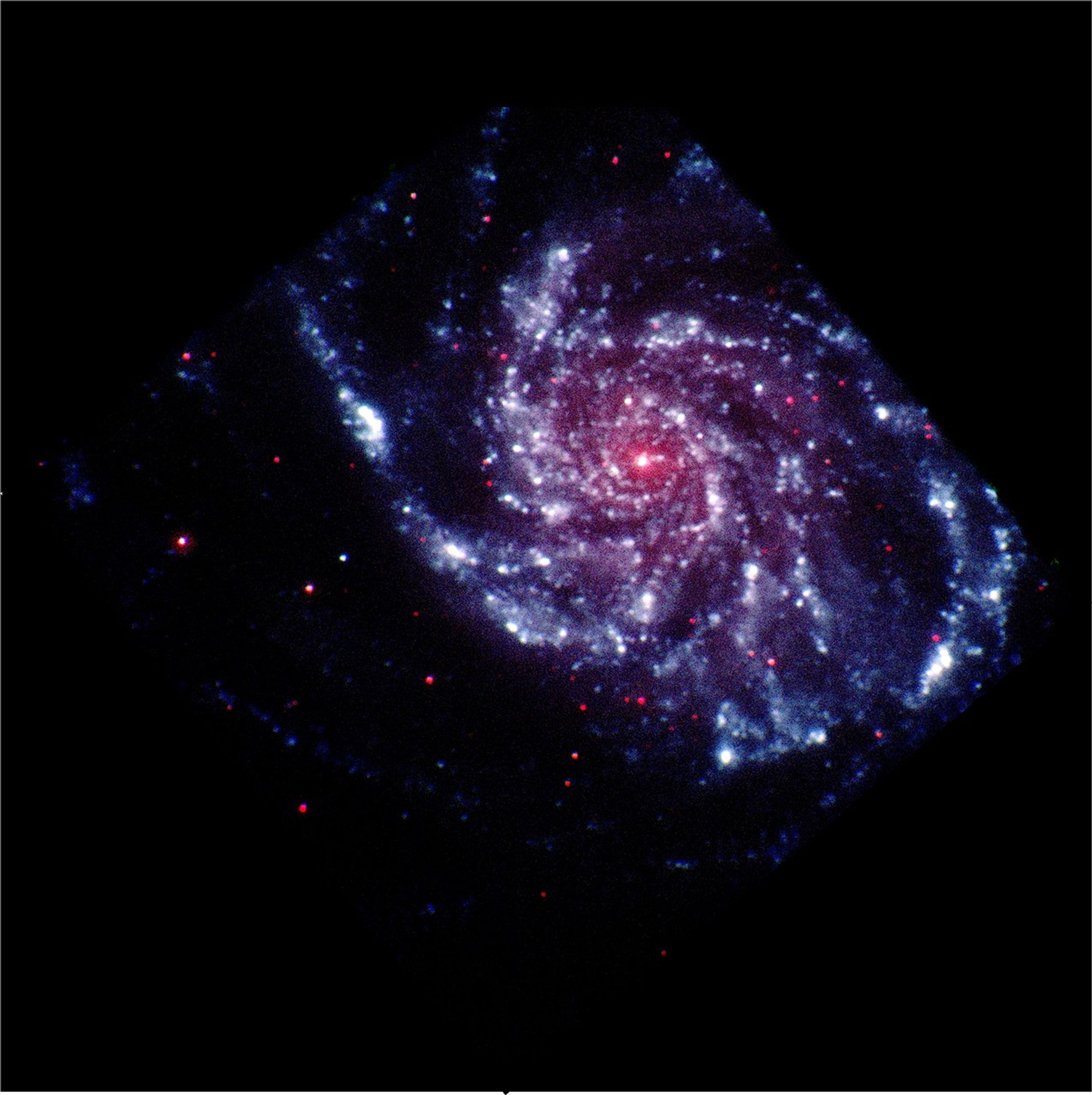
The Cosmic Pathfinders Program includes an ongoing series of virtual colloquia, called Cosmic Chatter, that addresses astrophysics research and professional development topics. The program also includes virtual hack-a-thons that offer instruction for analyzing NASA mission and archival datasets. Finally, the program sponsors in-person sessions at professional society meetings and opportunities for engagement with NASA astrophysics Program Analysis Groups.
Cosmic Pathfinders Program Goals
- Promote Open Dialogue: The program initiates discussions on prominent challenges that students face in today's STEM professional landscape.
- Nurture Professional Growth: The program will access key topics pertaining to navigating a career in science including the acquisition of relevant scientific and mathematical skills and other professional scientific skills.
- Broaden Horizons: The program creates exposure and opportunities for students to develop relationships with professionals from a range of space science disciplines in academia, government, and private industry. The program facilitates participation in space science professional society conferences, such as the American Astronomical Society meetings.
News & Events
Meetings, conferences, seminars, workshops, and other news and announcements.

Membership Membership in the Cosmic Pathfinders Student Program is open to the national and international scientific community without regard to institutional affiliation, education, or career status. Students from designated countries, in accord with NASA policy, will not be admitted into…

Cosmic Ray Shielding, Solar Power, and Planetary Habitability Alaa Salah Afifi | Keplar Space University This research links cosmic ray shielding with the solar power and the solar heliosphere to improve planetary habitability and enable safer exploration. It covers the…
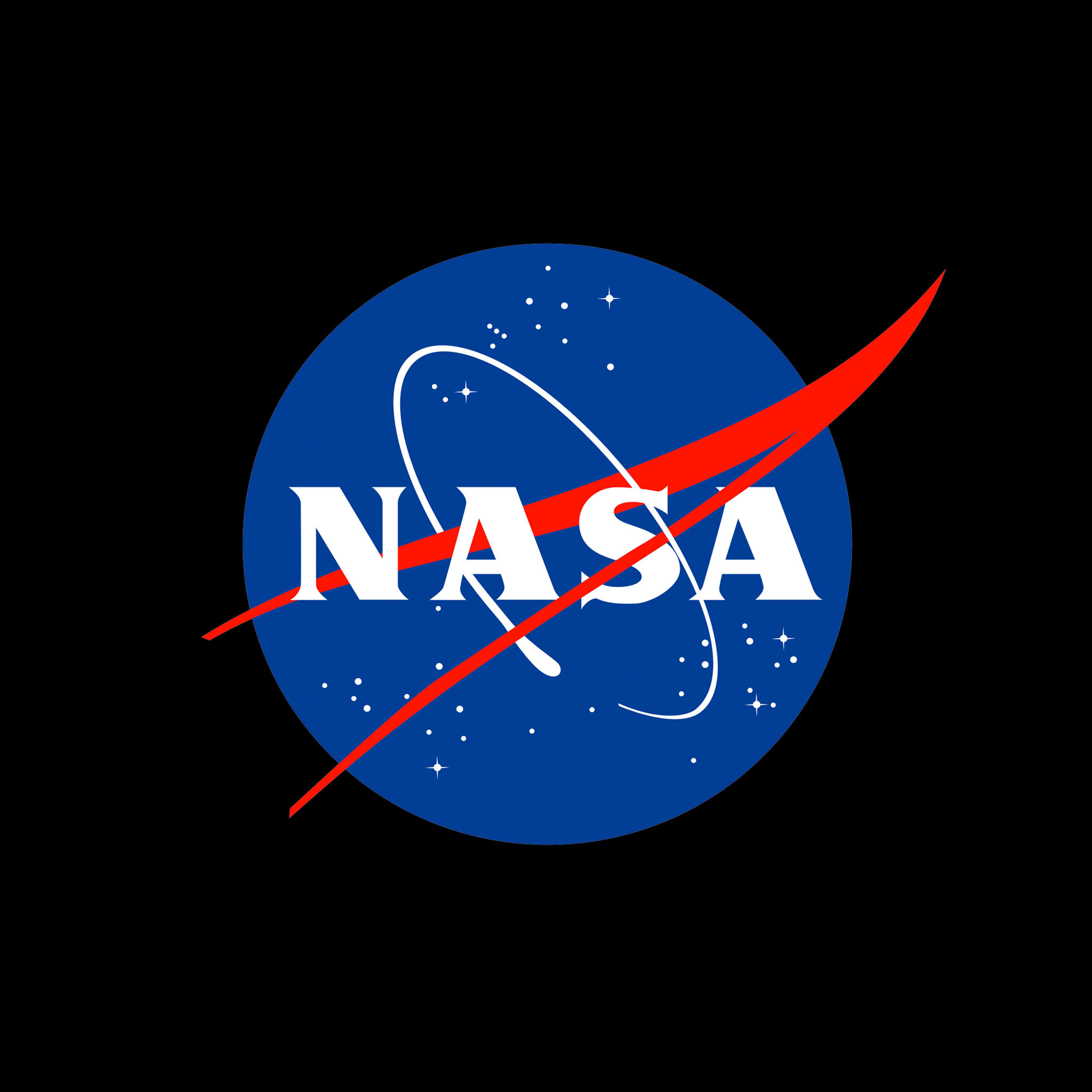
Greetings Cosmic Origins Community! Please join the next early-career talk in the Cosmic Chatter talk series organized by the Cosmic Pathfinders Program. Cosmic Ray Shielding, Solar Power, and Planetary Habitability Date April 15th 4:00 – 5:00pm ET Meeting connection info…

Beyond the Horizon: NASA Astrophysics Trivia Challenge Monday, January 13, 2025 | 1:00 PM ET – 2:30 PM ET Location: Chesapeake J/K/L Abstract In an effort to make science more engaging and informative, the NASA Cosmic Pathfinders is hosting a…

Charting the Cosmos: An Interactive Mentorship Workshop Jessica Harris This workshop will foster growth and development in the fields of physics and astronomy. This workshop within the Cosmic Pathfinders Program hopes to bridge the gap between experienced professionals and aspiring…

** WORKSHOP DATE HAS CHANGED TO 9/16 4 – 6pm ET ** Charting the Cosmos: An Interactive Mentoring Workshop with Jessica Harris Save the date and join the fast growing Cosmic Pathfinders Program for our next virtual event Charting the…
Membership
Membership in the Cosmic Pathfinders Student Program is open to the national and international scientific community without regard to institutional affiliation, education, or career status. Students from designated countries, in accord with NASA policy, will not be admitted into the program. Membership is identified by subscription to a dedicated email distribution list for the program that is maintained by the Cosmic Origins Program Office. Membership has no fixed duration and may be withdrawn at any time. Program membership recruitment will be primarily focused on undergraduate, graduate, and post-bac students, in addition to early-career scientists in industry.
University chapters will go through a charter submission period before the start of each fall and spring academic semester and are approved after review by the Cosmic Origins Program Office representative in consultation with the student leadership.
Contact
- Dr. Peter Kurczynski, Comic Origins Chief Scientist
- Dr. Ronald Gamble, Cosmic Origins Scientist
News Straight to Your Inbox
Subscribe to your community email news list
We will never share your email address.





